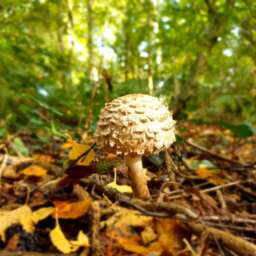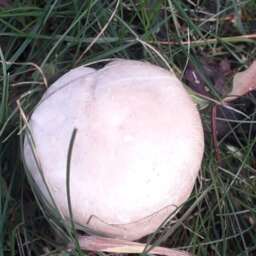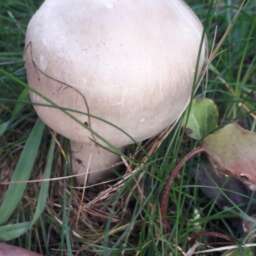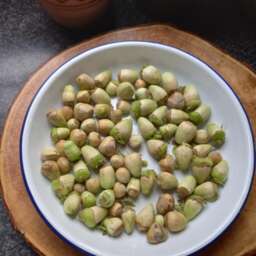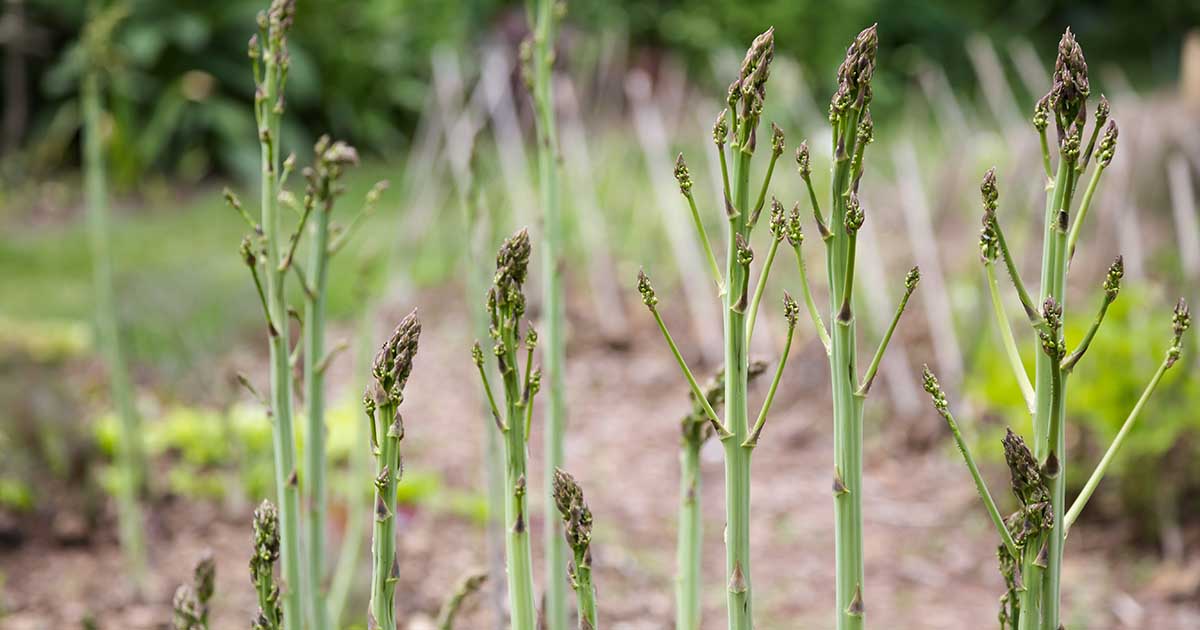Wild asparagus can be found growing in various regions of the United Kingdom, adding to the natural biodiversity of the country.
The presence of wild asparagus in the UK can be attributed to a combination of factors, including naturalization, historical cultivation, suitable environmental conditions, and human activity.
Naturalization of Asparagus in the UK
Asparagus, scientifically known as Asparagus officinalis, is a perennial vegetable native to Europe, North Africa, and West Asia.
Over time, it has established itself in different parts of the world, including the UK, through a process called naturalization.
Naturalization occurs when a non-native species becomes established and reproduces in the wild, adapting to local environmental conditions.
In the case of asparagus, certain wild populations have successfully taken root and flourished in the UK.
Historical Cultivation Of Asparagus
Historically, asparagus cultivation in the UK dates back centuries, with records of its cultivation found as far back as the Roman period.
This long history of cultivation has contributed to the presence of wild asparagus in the country.
Over time, cultivated asparagus plants can escape cultivation, either through intentional or unintentional means, and establish self-sustaining populations in the wild.
This can occur through the dispersal of seeds by wind, animals, or human activity, leading to the establishment of new asparagus plants in the wild.
Suitable Conditions For Wild Asparagus
The UK’s climate and soil conditions are also favourable for the growth of asparagus, both in cultivation and in the wild.
Asparagus thrives in well-drained soils and prefers regions with mild winters and moderate rainfall.
The UK offers a range of environments with these characteristics, particularly in areas such as Kent, which has a long history of asparagus cultivation.
These suitable conditions provide an environment conducive to the growth and spread of asparagus plants, contributing to their presence in the wild.
Human Activity Contributed to Wild Asparagus
Furthermore, human activity has played a role in the presence of wild asparagus in the UK.
In addition to historical cultivation, intentional planting for cultivation purposes or accidental introductions can lead to the establishment of wild populations.
Humans may have intentionally introduced asparagus seeds or plants into the wild, or accidental seed dispersal may have occurred through activities such as trade, transport, or the movement of animals.
These human-mediated introductions have likely contributed to the diversity and spread of wild asparagus populations across the UK.

However, it is important to note that while wild asparagus can be found in the UK, most of the asparagus consumed commercially or domestically is cultivated in specialized asparagus fields.
Cultivated asparagus fields provide optimal conditions for growth, harvest, and quality control, allowing for a consistent supply of asparagus throughout the growing season.
In conclusion, the presence of wild asparagus in the UK is the result of naturalization, historical cultivation, suitable environmental conditions, and human activity.
This perennial vegetable has adapted and established itself in various regions, adding to the natural flora of the country.
The cultivation and consumption of asparagus continue to be an important part of agriculture and culinary traditions in the UK, both in its cultivated form and as a fascinating component of the country’s wild plant life.
Have you ever found Wild Asparagus in the UK. Tell us in the comments below.




